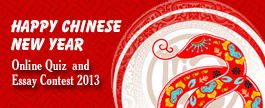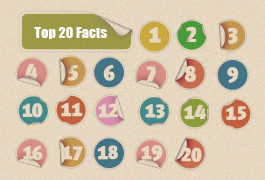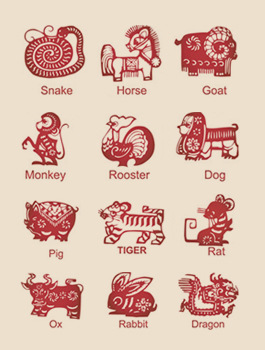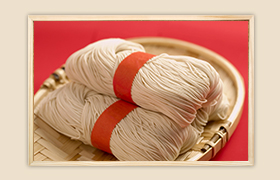Lantern Festival
(Chinadaily.com.cn)
Updated: 2013-02-06
Lantern Festival falls on the fifteenth day of the first lunar month. This is the first full moon of the new year, symbolizing unity and perfection. Lantern Festival is an important part of Spring Festival , and marks the official end of the long holiday.
Eating yuanxiao (sweet dumplings made with glutinous rice flour) is one of the special traditions of Lantern Festival. Lantern Festival is also called Yuanxiao Festival. Another name for yuanxiao is tangyuan, which literally means "boiled spheres."
With the approach of Lantern Festival, yuanxiao can be seen everywhere, further heightening the festive holiday spirit. The round shape of yuanxiao symbolizes the family circle, and eating yuanxiao symbolizes the hope for family reunions. Yuanxiao are not only a traditional holiday food, but also were used to express respect for the deities. Their round shape also represents perfection and unity. According to a Taiwanese folk saying, "eating tangyuan leads to reunions."
Many Chinese holidays involve lanterns. But Lantern Festival represents the epitome of this custom.
Lanterns are first brought out on the thirteenth day of the first lunar month. They are tested on the fourteenth, formally lit on the fifteenth, and taken down on the eighteenth.
The origins of Chinese lanterns reach back to the Stone Age. The coming of the Bronze Age saw the development of various kinds of worked metal lanterns, of which palace lanterns were the most ornate. Later, decorative lanterns came to be used in festivals. Various lantern festivals became quite popular during the Sui Dynasty, and during the Southern Song Dynasty, the custom of writing riddles on lanterns emerged. During this time, a festival in Qinhuaihe in Nanjing featured over 10,000 lanterns. During the Qing Dynasty, magnificent exhibitions of lanterns were held in the capital city. Lantern contests were also held, with the dragon lantern being the most famous competitor.
Beijing also had a famous lantern market, while southern China was known for shows of lanterns on rivers and lakes. Ningxiang County in Shanxi Province was known for its "Mountain Festival of Lights," during which the mountainside was covered with a festive display of 10,000 lanterns. These festivals not only provided a beautiful show of multicolored lanterns, but also featured a wide range of folk art and performances, such as the Lion Dance, Dragon Lantern Dance, stilt-walking, land-boat racing, and Yangge dancing.






